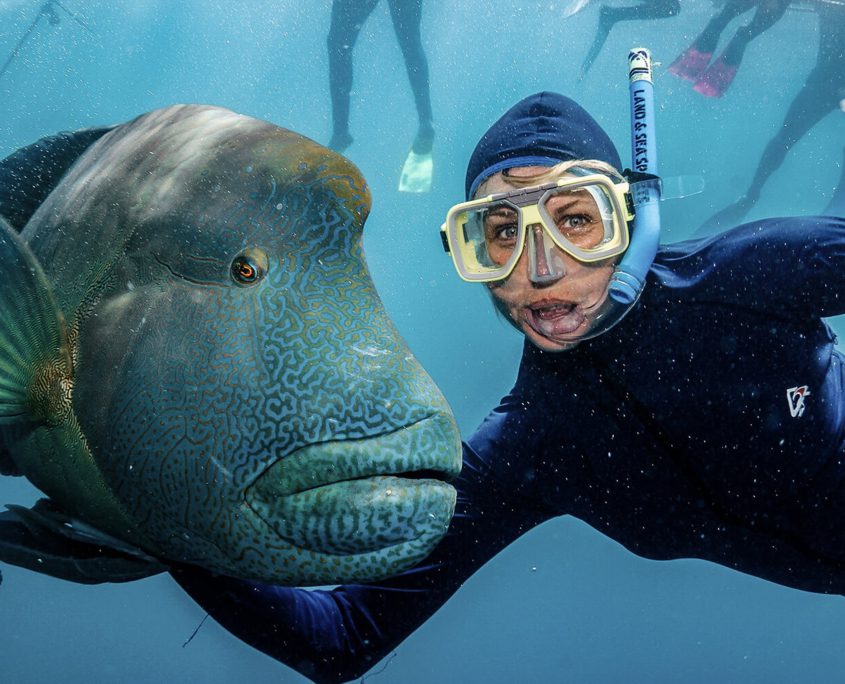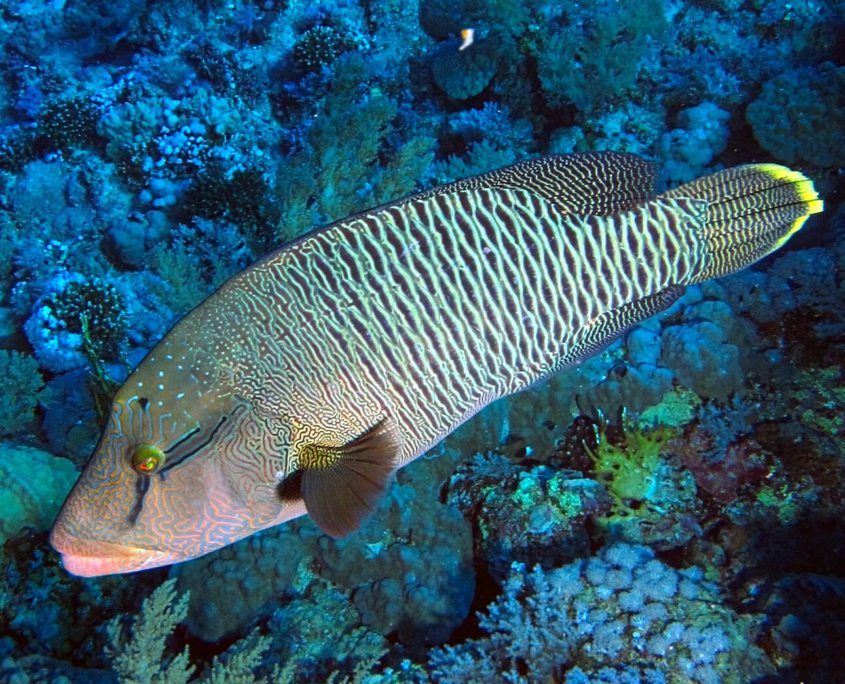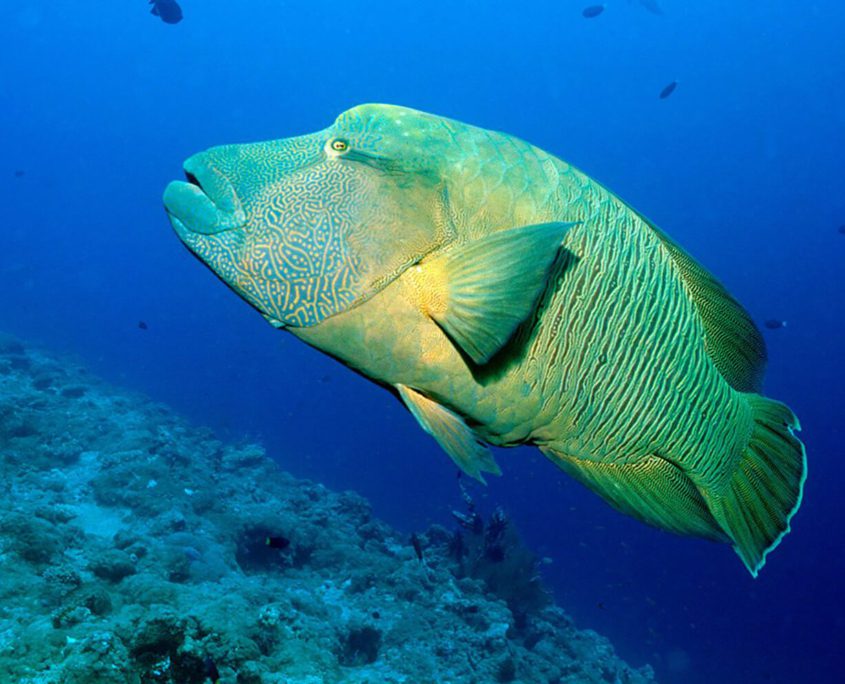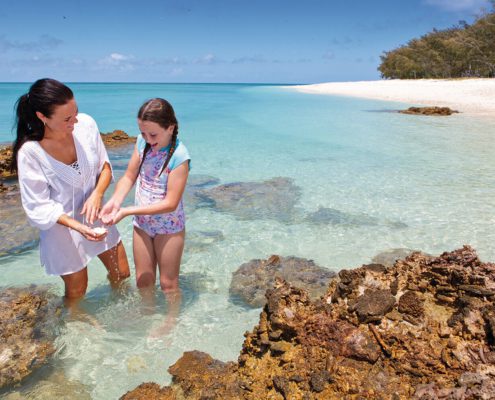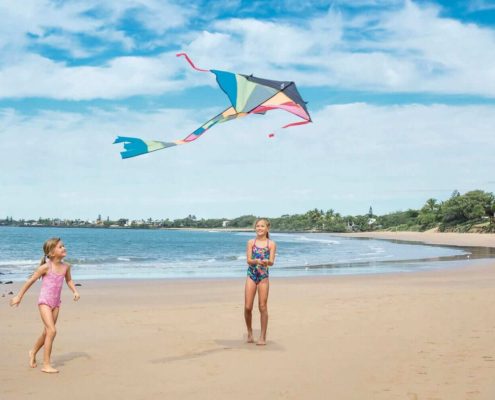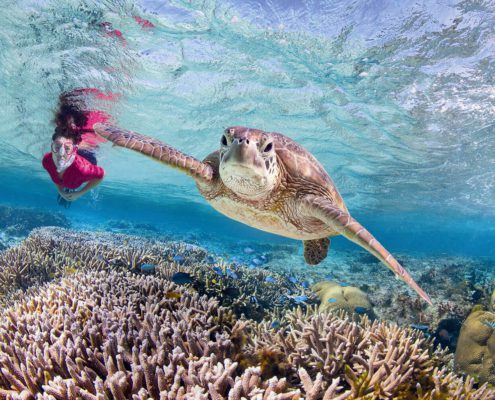 https://thingstodobundaberg.com.au/wp-content/uploads/2021/12/turtles-things-to-do-bundaberg.jpg
1000
1500
admin
https://thingstodobundaberg.com.au/wp-content/uploads/2024/06/things-to-do-bundaberg-logo.png
admin2025-10-14 01:00:262025-07-15 04:42:01Where to See Turtles in Bundaberg: Nesting & Hatching Season Tips
https://thingstodobundaberg.com.au/wp-content/uploads/2021/12/turtles-things-to-do-bundaberg.jpg
1000
1500
admin
https://thingstodobundaberg.com.au/wp-content/uploads/2024/06/things-to-do-bundaberg-logo.png
admin2025-10-14 01:00:262025-07-15 04:42:01Where to See Turtles in Bundaberg: Nesting & Hatching Season TipsMaori Wrasse Great Eight Bundaberg
Maori wrasse are the largest of the wrasse family, the largest specimen ever recorded being 2.29 m long and weighing 190 kg.
As juveniles the Maori Wrasse are brown and rather timid; however, males grow much larger, develop color patterns around their face and have an air of charisma.
Males and females of the Maori wrasse species are sexually mature at about 5-7 years of age. The male can live to about 25 years, with the female living at least 32 years.
Juvenile Maori wrasse spend their time in seagrass habitats, but when they reach adulthood they move to the reef.
Adults may stay in a single place for long periods of time.
They feed on a variety of mollusks, fish, urchins, crustaceans and other invertebrates. They have even been observed eating crown of thorns starfish!
They have thick, fleshy lips, and a large hump forms above the eye.
The common name for the hump headed parrotfish is the hump-headed Maori wrasse.
The cheeks display cream, wavy lines bordered above by a distinctive black or brown line that is horizontal behind the eye and slants down to the upper jaw.
The markings around the face resemble New Zealand Traditional Maori facial tattoos, hence the name.
Due to their late sexual maturity, slow generation times, and greater susceptibility to overfishing than other wrasse species, Maori wrasse are vulnerable to extinction.
They are found throughout much of the world, though they are few in number and therefore nowhere common. Even if fished moderately, their numbers much quickly decline to 25% or less compared to protected areas.
They are popular in the aquarium trade, and small, juvenile fish are preferred by collectors.
Overfishing is detrimental to populations because it removes large numbers of individuals before they have a chance to reproduce.
The Maori wrasse is one of the two most highly valued fish in the luxury live reef fish trade, and it has been classed as ‘vulnerable’ and protected under the CITES Red List of Threatened Species since 1996. It has since been placed in the ‘endangered’ category in 2000 because of increased fishing pressure.
Since 2003, they have been protected in Queensland waters of the Great Barrier Reef under the Coral Reef Fin Fish Management Plan.
Maori wrasse may live in solitary pairs or, during mating season, form harems with one male and 2-7 females.
In some species of fish, the largest female transforms into a male if no dominant male is in the area. This is known as protogynous hermaphroditism.
She may take several months to grow and alter her behaviour before taking on a brilliant blue colour. She’ll also develop the male Maori wrasse’s ‘hump’ and genitals.
Maori Wrasse, Great 8, Southern Great Barrier Reef
The Maori wrasse, a distinguished member of the Great 8 on the Southern Great Barrier Reef, is renowned for its striking appearance and gentle demeanour. These large, vibrant fish are characterised by their vivid blue and green scales and distinctive hump on their forehead, giving them a unique and somewhat majestic look.
Maori wrasse can grow up to two metres in length and are often found around coral reefs, where they play a crucial role in maintaining the health of the ecosystem by feeding on invertebrates and helping control the population of crown-of-thorns starfish, which can damage coral reefs.
Their curious and friendly nature makes them a favourite among divers and snorkelers, who often encounter these magnificent fish up close. The Maori wrasse’s presence is a testament to the rich biodiversity of the Southern Great Barrier Reef, offering a captivating glimpse into the vibrant life of this underwater paradise.

